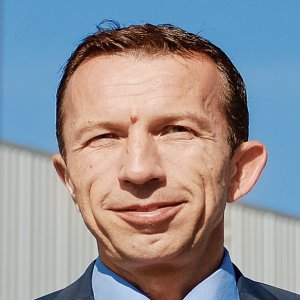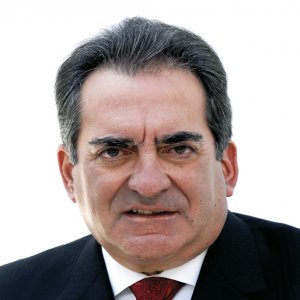Fueling the Industry Will Be No Easy Feat

Q: How will new guidelines for NOM 044 and NOM 086, intended to control sulfur emissions and diesel, impact the local market?
A: The federal government published the NOM-044 in 2016 and plans to implement the new rules during the current administration. ANPACT’s proposals stress the importance of the European stipulations, Euro V/ EPA 7 and the Euro VI/EPA 13, running simultaneously. Every technological change entails a larger investment. Technologies that are more sophisticated also require additional maintenance and products, such as diesel exhaust fluid, filters and exhaust gas recirculation systems. The government should offer different types of incentives to encourage a healthy shift in technology. Newer technologies have a lower environmental impact but if we consider the cost increases from tech advances, as well as fluctuations in the dollar-peso exchange rate, the market will see price increase of up to 30-40 percent in only three years. These figures follow analyses of trends in other countries that have already introduced Euro V and VI technology. There will be a 20-30 percent impact on prices merely because of the exchange rate.
Q: How ready is the country to supply the right fuel to comply with the new regulations?
A: The Federal Energy Regulatory Commission (CRE) published an emergency guideline, which is the foundation of the new NOM-086 regulations. In this Emergency NOM, the CRE broached regulations, including those stipulating the characteristics of ultra- low sulfur diesel (ULSD).
PEMEX in the short term is the only enterprise that must comply with these characteristics but within two years other players will have to adjust as well. This includes all international fuel companies that plan to participate in the Mexican market. The Emergency NOM also specifies the characteristics for imported fuel, clarifying that every vehicle must run on ULSD with 15 parts of sulfur per million (ppm) as of July 1, 2016. These types of engines are designed to work according to the world fuel charter but PEMEX cannot yet commit to producing fuel up to standard in terms of cetin and lubricity. Unfortunately, this forced the lowering of the requirements established by the Emergency NOM.
Q: When is the ideal time for these new standards to come into force?
A: Following the completion of the Energy Reform program is the ideal moment to start complying with new technology specifications. The Ministry of the Environment and Natural Resources (SEMARNAT)'s cost- benefit analysis concluded that supplying diesel of 15ppm was sufficient, but at ANPACT we’d like the ULSD and the NOx reduction agent (urea) to be available nationwide before implementing the new regulation. Otherwise, we will not see the positive environmental impact for which the NOM was created. The standard also indicated that 11 main infrastructure corridors would be supplied with the proper diesel in Mexico but PEMEX has not yet implemented this stipulation 100 percent.
Nationwide, urea availability is essential as every 100L of diesel requires 5L of urea. Mexico lacks a specific NOM for this agent and we are exploring the best way to regulate it. To guarantee the quality and availability of ULSD, we need help from a third-party evaluation company that is not involved in Mexico’s network. ANPACT is working on the details of this with SEMARNAT.
Q: What new occurences are evident in the Mexican heavy duty vehicle segment?
A: Mexico tops the list of heavy vehicle exporters. The enforcement of the NOM-086 standard and fleet renewal will be fundamental to our continued success. The government’s plan to reduce the volume of emissions may be diminished if it cannot prepare sufficient infrastructure to implement the regulations. To encourage transportation companies to purchase new and environmentally friendly vehicles, the right fuel be secured and economic incentives must play an important role. SEMARNAT, the Ministry of Communications and Transportation (SCT), the Ministry of Economy (SE) and the Ministry of Finance and Public Credit (SHCP) must collaborate on this endeavor to improve the internal market.
















